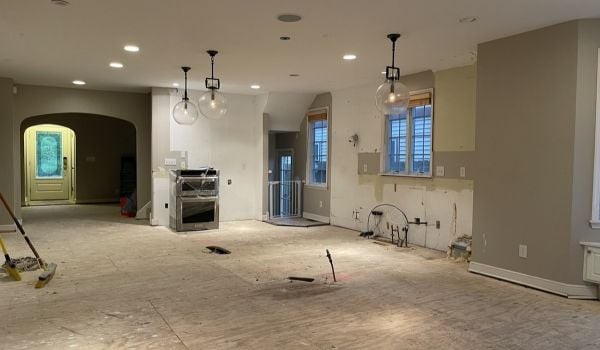When one thinks of designing buildings to better withstand earthquakes, materials like flexible concrete may come to mind. However, a group of researchers led by engineer John van der Lindt from Colorado State University has designed a building made out of wood that has held up against a simulated 7.5 magnitude earthquake, changing the way we think about disaster-proof design.
There have been numerous stories in the last few years about natural disasters in all parts of the world, which have displaced residents and destroyed homes. Most recently, on July 9, Yao’an County, a poor and mainly agricultural region in China, experienced a magnitude 6.0 earthquake, which destroyed 18,000 homes and damaged another 30,000. Such calamities highlight a need for designs that not only take into account areas more prone to natural disasters like earthquakes, but are also inexpensive enough to build in poorer areas of the world.
The researchers designed a seven-story building made of wood, which is less expensive and more sustainable than other materials. The design that was put to the test against the simulated earthquake was strengthened by a change in the pattern of nail distribution in the building, which spread out the stiffness among different floors. This new approach took into account how stiffness changes during an earthquake. It was reinforced by steel rods, which were used to prevent rocking. A total of 63 anchor tie-down systems from the company Simpson Strong-Tie were used and ran from the foundation to the roof of the building.
This design was able to undergo testing thanks to the Hyogo Earthquake Engineering Research Center in Japan. It currently boasts the world’s largest shake table (E-defense shake table), which was used to imitate an earthquake with a magnitude of 7.5 on the Richter scale. After the test, the seven-story building remained standing and suffered mainly aesthetic damages.
The success of this test should be seen as a major victory in design and a very big and positive step towards building safe, low-cost housing for those in disaster-prone areas.















